|
The achievements of ancient Indians are lost in obscurity. India’s ancestors had invented many ways which eased the basic life of a common man. These inventions may seem primitive today, but we can’t ignore the fact that these were revolutionary achievements during their era.
Pak L Huide, a Chinese Ex Professor from University of Toronto has shared a great analysis on this topic.
Seriously? If anything, ancient India is sorely UNDERRATED.
I mean, I’m an ethnic Chinese living in Canada. But when I was growing up in Canada, I knew jacks-hit about India. Besides maybe curry. I mean, people here have a vague understanding of Chinese history but they have NO idea about Indian history. For example, most people know that the Middle Kingdom is how China referred to herself but how many people know about Bharat? How many know about even the Guptas? People know that China was famous for ceramics and tea but how many people know about ancient India’s achievement in metallurgy? People know about the Great Wall, but how many know about the great temples of southern India? This is partly due to the lackluster historical records that ancient Indians kept and also partly because modern Indians have a tendency to look down upon their ancient heritage and view western ideas and ideals as superior. China also has this problem but not nearly to the same extent. The discovery that the earth is spherical is credited to the Greek philosopher Aristotle, who was born in 384 BCE. However, very few people know that a man from ancient India established the idea of “spherical earth” during the 8th-9th century BCE. The man was called Yajnavalkya who first discovered that the earth is round. He was the first to propose the heliocentric system of the planets. In his work Shatapatha Brahmana, he proposed that the earth and the other planets move around the sun. He also calculated the period of one year as 365.24675 days. This is only 6 minutes longer than the currently established time of 365.24220 days
Take the example of Kung Fu. The whole world knows about the martial art called Kung Fu. The person who founded Kung Fu was none other than a prince of the Pallava dynasty from Kanchipuram, Tamil Nadu who visited China during the 5th century CE. He became the 28th patriarch of Buddhism and established the Shaolin temple and founded the martial art which became world famous today. That prince was called Bodhidharma.
But how many people know about that Kung Fu and Shaolin was founded by an Indian? Precisely, if Indians are unaware of their heritage, why should they expect that someone else will know about their history and achievement?
The achievements of ancient Indians are lost in obscurity. India’s ancestors had invented many ways which eased the basic life of a common man. These inventions may seem primitive today, but we can’t ignore the fact that these were revolutionary achievements during their era. The Indus Valley civilization is known for the broad and the sanitized drainage system which was no less than a miracle during those ancient times. But how many people know that the ancient Indians from Indus Valley Civilization (IVC) were the first to invent a flush toilet?
The people around the world use rulers to measure everything. How many people know that Indus Valley Civilization was the first to invent the rulers? A ruler has been found at Lothal which is 4400 years old. Not only this, the people of IVC were the first to invent buttons. The world knows that the Chinese discovered the art of weaving silk dresses. How many people know that IVC people were the first to weave dresses made of cotton
The ancient Indians were first to invent the weighing scales. Archaeologists have discovered weighs and scales from the excavation sites of Harappa, Mohenjodaro, Lothal etc. These scales were extensively used for trading.
Ancient India has given Yoga to the world- which is widely practiced almost all over the world to keep people fit and fine. Models, supermodels, film stars, athletes, etc. regularly attends Yoga session to keep themselves fit.
Aryabhatta, Brahmagupta and Bhaskaracharya were the three eminent mathematicians from ancient India who established the concept of zero as a mathematical value in different eras. Brahmagupta was the first to invent a symbol for the value “shunya” (zero). Bhaskaracharya was the first to use it as algebra. The oldest inscription of zero can be found at the Chaturbhuj temple in Gwalior fort
Ancient Indians were pioneers in the field of chemistry too. The person who first invented the “atomic theory” was none other than Acharya Kanad from ancient India. He explained the atomic theory using terms like “Anu”(atom) and “Paramanu”(nucleus).
Ancient Indians were advanced in medical science too. The great physician of the time, Sage Shusrut was the first to carry out different surgeries which included plastic surgery and cataract surgery. His works are composed in his book called Shusrut Samhita (The works of Shusrut). The world hardly knows about Charak, the great specialist in medicine from ancient India. He was the first physician to establish the problems and medicinal treaties in fields like physiology, embryology, digestion, sexual disease, immunity, etc. His works on Ayurveda is composed as a book called Charak Samhita (The works of Charak). The Chera dynasty of Tamil Nadu invented the idea of producing finest steel by heating black magnetite ore along with carbon. The mixture was kept in a crucible and heated in charcoal furnance. The Wootz Steel originated from India, but today is popular as Damascus Steel. India’s monuments are grand and are probably, the only way others recognize the importance of ancient Indian civilization. India’s gigantic monuments bear the testimony of the greatness of ancient India. This is the Kailash Temple. It is a megalith which was constructed by cutting out a single rock- a mountain. The whole mountain was cut from the top to carve out the temple campus.
This is Dwarka, the grand and mysterious city submerged in the Arabian sea on the extreme west of India. The submerged heritage is no less than a treasure bearing the pride of Indian race!
This is Khajuraho, the marvel where the rocks has taken the form. The best of our monuments are not built on soft rocks like marble. Our ancestors carved out even the hardest of the rocks to give it a beauty
The grandest and largest temple in India- Brihadeshwara temple. Breathtaking, isn’t it
India is the land of grandest temples and breathtaking architectures. The heritage of India can’t be encapsulated within a small answer! To end the answer with, I will now share my personal favorite- The Sun Temple of Konark!
The main structure of the temple was partially destroyed by invaders like Kalapahad- a military general of the medieval period. Later, the prime structure totally collapsed when British stored gunpowder inside the structure and it caught fire accidentally.
Even though the main temple is gone, the amount of what left is still breathtaking by every means. Nobel Laureate Rabindranath Tagore wrote about Konark- “here the language of stone surpasses the language of man.” The whole temple was designed like a huge chariot of Sun God having 24 wheels pulled by 7 horses. Each wheel had 8 major spokes denoting 1 prahar (Hindu time period of 3 hours). There was a huge magnet at the top of the temple which is used to keep the idol of the Sun deity suspended in the air due to magnetic arrangement. Still think, that ancient India is overrated? Ancient India was a hub of culture and technology and the absolute capital of world spirituality. I could talk about India for hours. India is many things but OVERRATED is definitely not one of them
Let us focus on the contributions towards mathematics and science by the Indians
The idea of Zero
One of the biggest contribution of India to mathematics is the invention of ‘Zero’. The concept of Zero and its integration into the placevalue system also enabled one to write numbers, nomatter how large, by using only ten symbols.
The adoption of zero by Indian mathematics in the 7th century allowed the first use of negative numbers and decimal fractions. The credit goes to Aryabhata from India. The Decimal System
Once again, India’s contribution to the field of mathematics cannot be sidelined. It was India, who gave the ingenious method expressing all numbers by means of ten symbols- the decimal system. Zero and the decimal system was invented by Hindus in India long before the the Arab invaders were even born. Arab barbarians learned about zero and the numerals from Hindus when they invaded India and then adopted it as their own.
Numeral notation
Indians, as early as 500 BCE, had devised a system of different symbols for every number from one to nine. This notation system was adopted by the Arabs who called it the hind numerals.
Centuries later, this notation system was adopted by the western world who called them the Arabic numerals as it reached them through the Arab traders. Fibbonacci Number
The Fibonacci numbers and their sequence first appear in Indian mathematics as mātrāmeru, mentioned by Pingala in connection with the Sanskrit tradition of prosody. Later on, the methods for the formation of these numbers were given by mathematicians Virahanka, Gopala and Hemacandra , much before the Italian mathematician Fibonacci introduced the fascinating sequence to Western European mathematics.
Binary Numbers
Binary numbers is the basic language in which computer programs are written. Binary basically refers to a set of two numbers, 1 and 0, the combinations of which are called bits and bytes. The binary number system was first described by the Vedic scholar Pingala, in his book Chandahśāstra, which is the earliest known Sanskrit treatise on prosody ( the study of poetic metres and verse).
Chakravala method of Algorithms
The chakravala method is a cyclic algorithm to solve indeterminate quadratic equations, including the Pell’s equation. This method for obtaining integer solutions was developed by Brahmagupta, one of the well known mathematicians of the 7th century CE. Another mathematician, Jayadeva later generalized this method for a wider range of equations, which was further refined by Bhāskara II in his Bijaganitatreatise.
Ruler Measurements
Excavations at Harappans sites have yielded rulers or linear measures made from ivory and shell. Marked out in minute subdivisions with amazing accuracy, the calibrations correspond closely with the hasta increments of 1 3/8 inches, traditionally used in the ancient architecture of South India. Ancient bricks found at the excavation sites have dimensions that correspond to the units on these rulers.
Wootz Steel
A pioneering steel alloy matrix developed in India, Wootz steel is a crucible steel characterized by a pattern of bands that was known in the ancient world by many different names such as Ukku, Hindwani and Seric Iron. This steel was used to make the famed Damascus swords of yore that could cleave a free-falling silk scarf or a block of wood with the same ease. Produced by the Tamils of the Chera Dynasty, the finest steel of the ancient world was made by heating black magnetite ore in the presence of carbon in a sealed clay crucible kept inside a charcoal furnace
Ayurveda
Long before the birth of Hippocrates, Charaka authored a foundational text, Charakasamhita, on the ancient science of Ayurveda. Referred to as the Father of Indian Medicine, Charaka was was the first physician to present the concept of digestion, metabolism and immunity in his book. Charaka’s ancient manual on preventive medicine remained a standard work on the subject for two millennia and was translated into many foreign languages, including Arabic and Latin.
Now comes to CivilizationGateway At Harappa: Indus Valley Civilization
India’s urban civilization is traceable to Mohenjodaro and Harappa, now in Pakistan, where planned urban townships existed 5000 years before. From then onwards, the ancient Indian architecture and civil engineering continued to develop and grow. It found manifestation in construction of temples, palaces and forts across the Indian peninsula and the neighbouring regions. In ancient India, architecture and civil engineering was known as sthapatya-kala, literal translation of which means the art of constructing (something).
During the periods of Kushan Empire and Maurya empires, the Indian architecture and civil engineering reached to regions like Baluchistan and Afghanistan. Statues of Buddha were cut out, covering entire mountain faces and cliffs, like Buddhas of Bamiyan, Afghanistan. Over a period of time, ancient Indian art of construction blended with Greek styles and spread to Central Asia. On the other side, Buddhism took Indian style of architecture and civil engineering to countries like Sri Lanka, Indonesia, Malaysia, Vietnam, Laos, Cambodia, Thailand, Burma, China, Korea and Japan. Angkor Wat is a living testimony to the contribution of Indian civil engineering and architecture to the Cambodian Khmer heritage in the field of architecture and civil engineering. In mainland India of today, there are several marvels of ancient India’s architectural heritage, including World heritage sites like Ajanta, Ellora, Khajuraho, Mahabodhi Temple, Sanchi, Brihadisvara Temple and Mahabalipuram. A Brief Introduction to the Ancient Indus Civilization
The greater Indus region was home to the largest of the four ancient urban civilizations of Egypt, Mesopotamia, South Asia and China. It was not discovered until the 1920’s. Most of its ruins, even its major cities, remain to be excavated. The ancient Indus Civilization script has not been deciphered.
Many questions about the Indus people who created this highly complex culture remain unanswered, but other aspects of their society can be answered through various types of archaeological studies. Harappa was a city in the Indus civilization that flourished around 2600 to 1700 B.C.E. in the western part of South Asia. Cities and Context
The Harappans used the same size bricks and standardized weights as were used in other Indus cities such as Mohenjo Daro and Dholavira. These cities were well planned with wide streets, public and private wells, drains, bathing platforms and reservoirs. One of its most well-known structures is the Great Bath of Mohenjo Daro.
There were other highly developed cultures in adjacent regions of Baluchistan, Central Asia and peninsular India. Material culture and the skeletons from the Harappa cemetery and other sites testify to a continual intermingling of communities from both the west and the east. Harappa was settled before what we call the ancient Indus civilization flourished, and it remains a living town today. Ghaggar-Hakra River
There may have been another large river that ran parallel to and east of the Indus at some time in the past. The northern part of its now usually dry bed is called “Ghaggar” in India and “Hakra” in Pakistan.
Meluhha
Ancient Mesopotamian texts speak of trading with at least two seafaring civilizations – Magan and Meluhha – in the neighborhood of South Asia in the third millennium B.C.E. This trade was conducted with real financial sophistication in amounts that could involve tons of copper.
HARP and Indian excavations
Since 1986, the joint Pakistani American Harappa Archaeological Research Project (HARP) has been carrying out the first major excavations at the site since before independence in 1946. These excavations have the shown Harappa to have been far larger than once thought, perhaps supporting a population of 50,000 at certain periods.
|
I am an individual who has been working towards saving Hinduism and spreading awareness by bringing facts in front of you which main stream media refuse to do.
It takes a lot of time and effort to do so. If You like my work, please donate to support me so I can keep working for you. Like us on Facebook if You haven't already
More ways to connect
Archives
May 2023
Loading...
irish model, jessie vard, thailand, world cup 2018, Worldcup, football, football girls, real madrid, liverpool, prince harry, rahul gandhi, vande mataram, delhi aiims, munna bhai MBBS
|

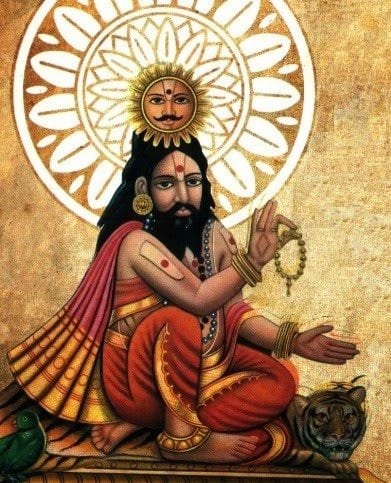
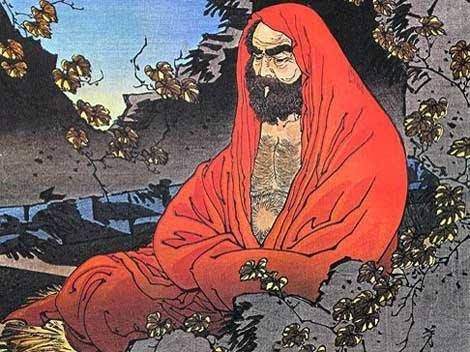
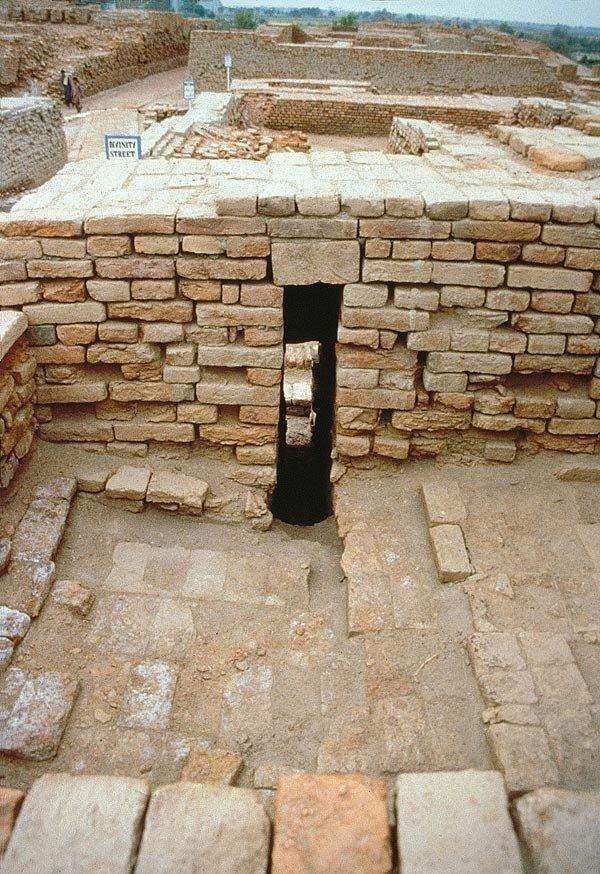
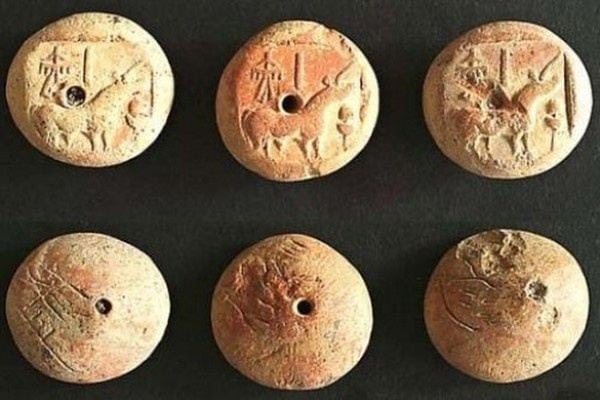
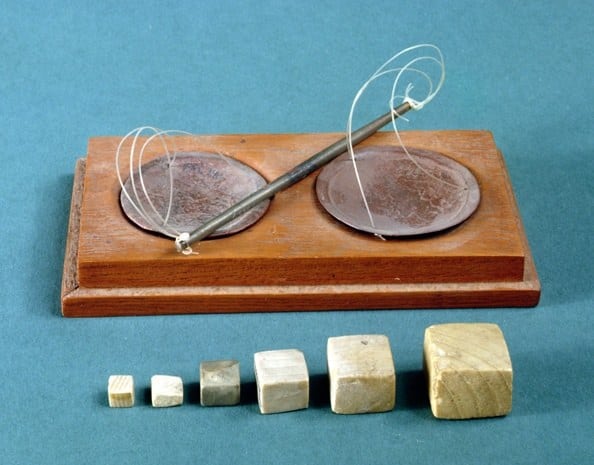
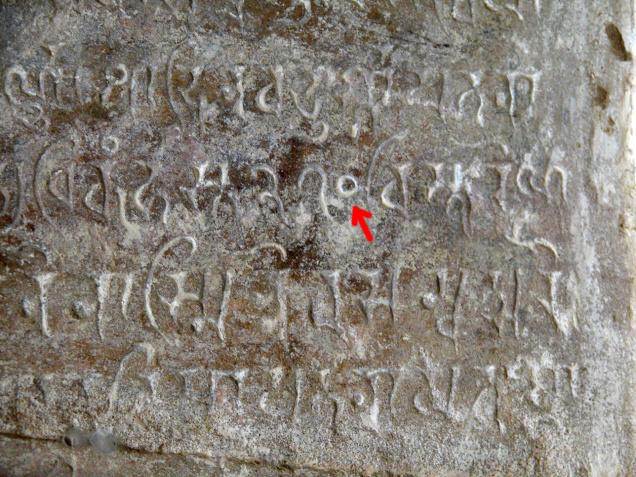
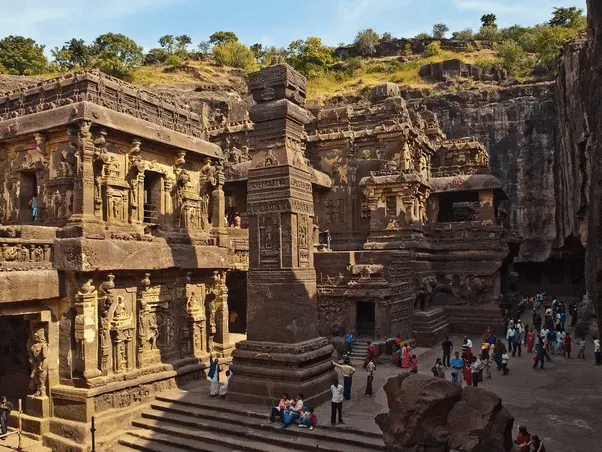
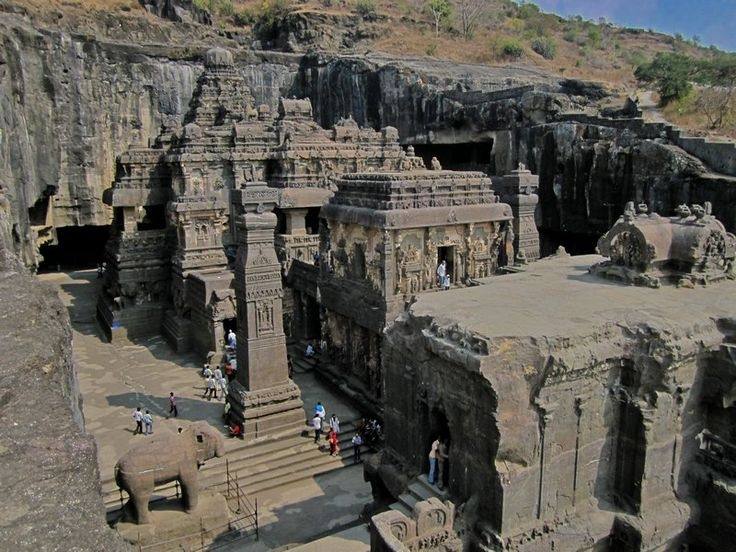
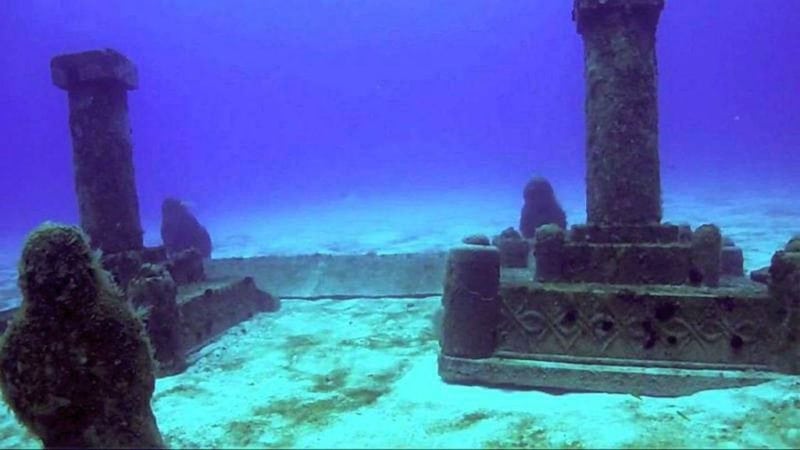
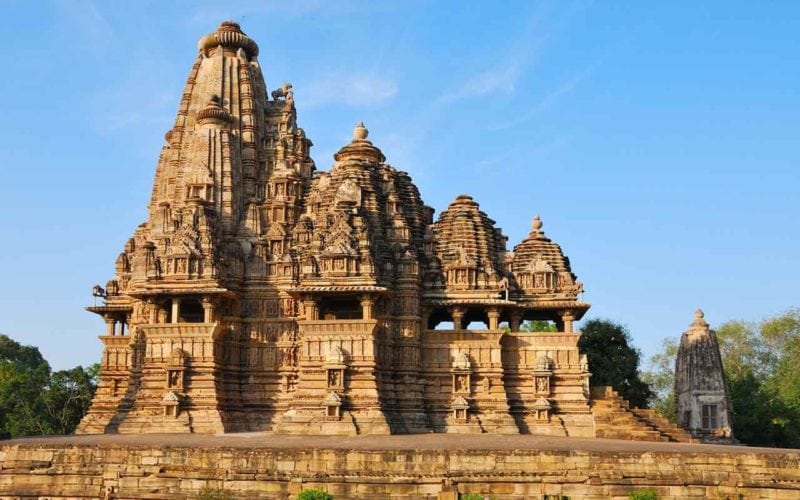
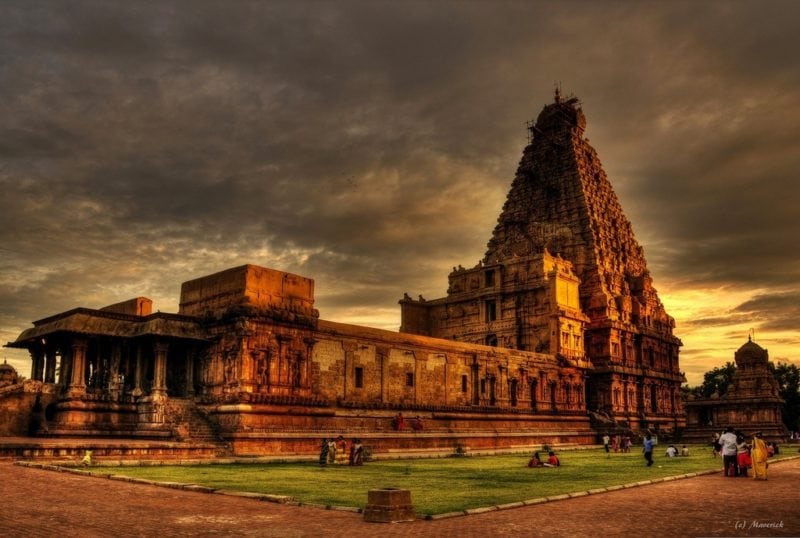
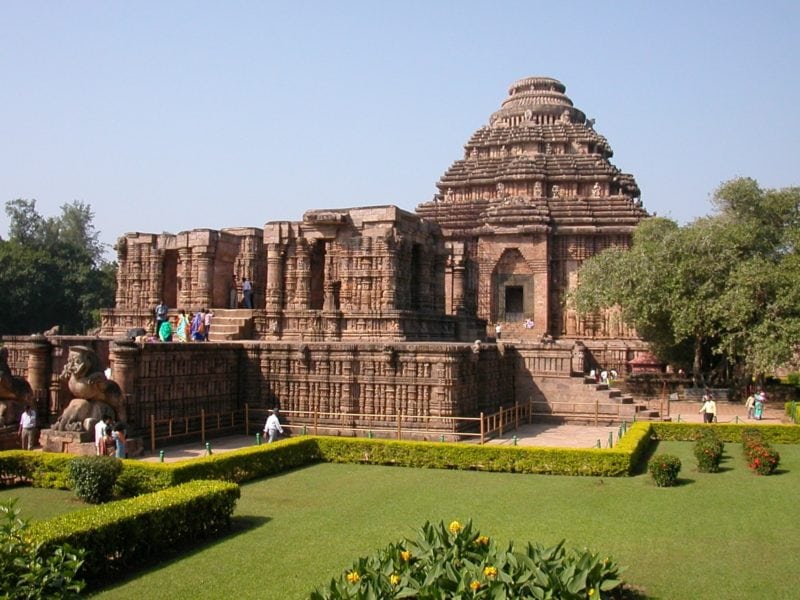
 RSS Feed
RSS Feed